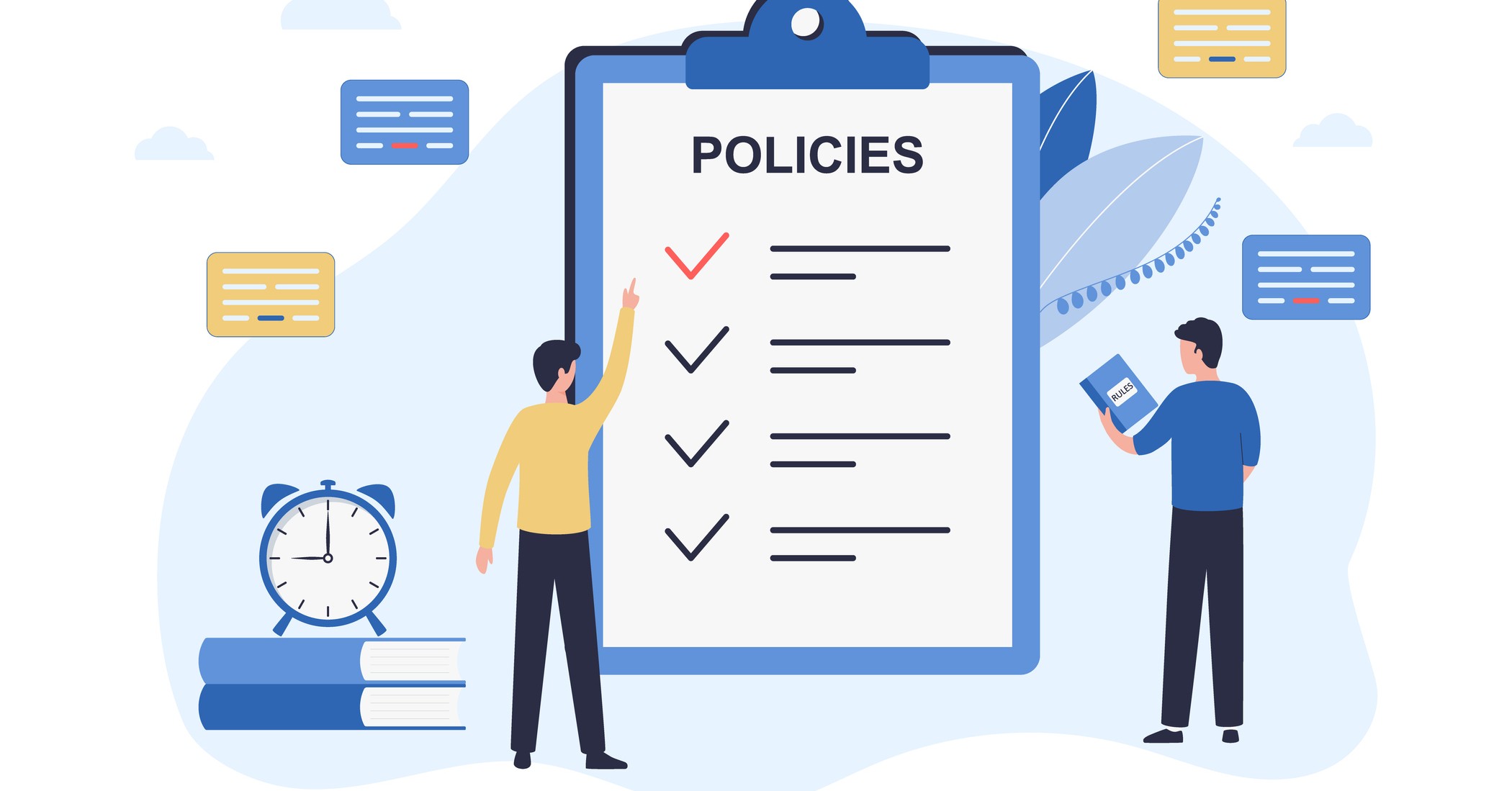Three actions to improve your policy governance framework
By implementing a strong policy governance framework, an organisation can filter its core objectives and values down – from executive leaders to individual business units – much more effectively. This breeds increased efficiency and coordination, whilst eliminating confusion about who is responsible for enacting specific policies or standards.
Download now [Member Meeting Summary]: How to implement an effective organisational governance model
However, many organisations are still combatting the “balloon effect”, in which a lack of structure causes the number of policies throughout the business to expand faster than anyone can keep up with.
This creates uncertainty about who is accountable for what and makes reviewing the framework a mountainous task.
Our latest report, a policy governance benchmark, seeks to remedy this situation: it highlights the key enablers of a successful governance framework and presents the main frameworks being used by organisations across a range of sectors and sizes, while also unpicking some of the key challenges companies face when implementing new policies, standards and procedures.
Below, we highlight three key tips shared during collaborative meetings and one-on-one interviews with our policy governance working group of risk leaders, who helped to develop the benchmark report.
1. Anchor your policy hierarchy to core values
For most companies, a code of conduct establishes the core values and minimum requirements that the business needs to fulfil, driving consistency of approach throughout the organisation.
If the code sits at the very top of the policy document hierarchy, every other document that fits in below should underpin its key components, ensuring that the code of conduct is:
- relevant to all employees; and
- followed by the organisation at all times.
For other businesses, where the code of conduct underpins group policies, it’s still important for these individual documents to be anchored to a set of core values: without the latter, the policy governance framework will lack a clear direction, leading to the development of policies that fail to align with one another.
2. Embed accountability into your policy framework
A policy governance framework is only as strong as the accountability framework that supports it. For example, if people in the business don’t know to who they are accountable when developing policies, the potential for these documents to become inconsistent with one another increases significantly.
While senior managers will be held accountable by the board at the vast majority of companies, this system needs to cascade down further into the organisation, so that everyone is aware of what role they play in the development, maintenance and review of the policy governance framework.
3. Avoid the multiplication of documents
Returning to the idea of a “balloon effect”, in which an abundance of policies and procedures quickly forms, one of the companies interviewed as part of our policy governance working group took the drastic approach of completely wiping the slate clean.
This was a response to the uncontrolled multiplication (and, in some cases, duplication) of documents that made it impossible for people throughout the business to understand what processes they should be following.
They decided that policy documents should not say the same thing if they:
- occupy different levels of the policy hierarchy; or
- have a different format and style from each other.
A good rule of thumb is that a policy or standard should outline the rule, while a guideline or procedure should explain how this rule is implemented.
About the report
Our report offers an insight into the design and deployment of a policy governance framework in a group of large national and multinational corporations based in Europe and Asia-Pacific.
The aim of the policy governance benchmark report is to develop better practice from businesses with a relatively mature framework in place. Other companies can use this report to assess their own policy governance framework and identify areas for improvement.
Risk Leadership Network members can access the full policy governance benchmark, as well as other tools, templates and reports, on our Intelligence platform. They also benefit from collaborative opportunities – like being part of the policy governance working group or taking part in member meetings – that enable them to unpick different aspects of hot risk topics.
Are you interested in reading the full benchmark report, or other benchmark reports we have developed including our emerging risks in digital report and our report on how to visually present enterprise risks to the board? Find out more about how membership works here.
Share this
Related posts you may be interested in

Think global, act local: redesigning your governance model

What are companies doing to develop an Audit and Assurance Policy?
